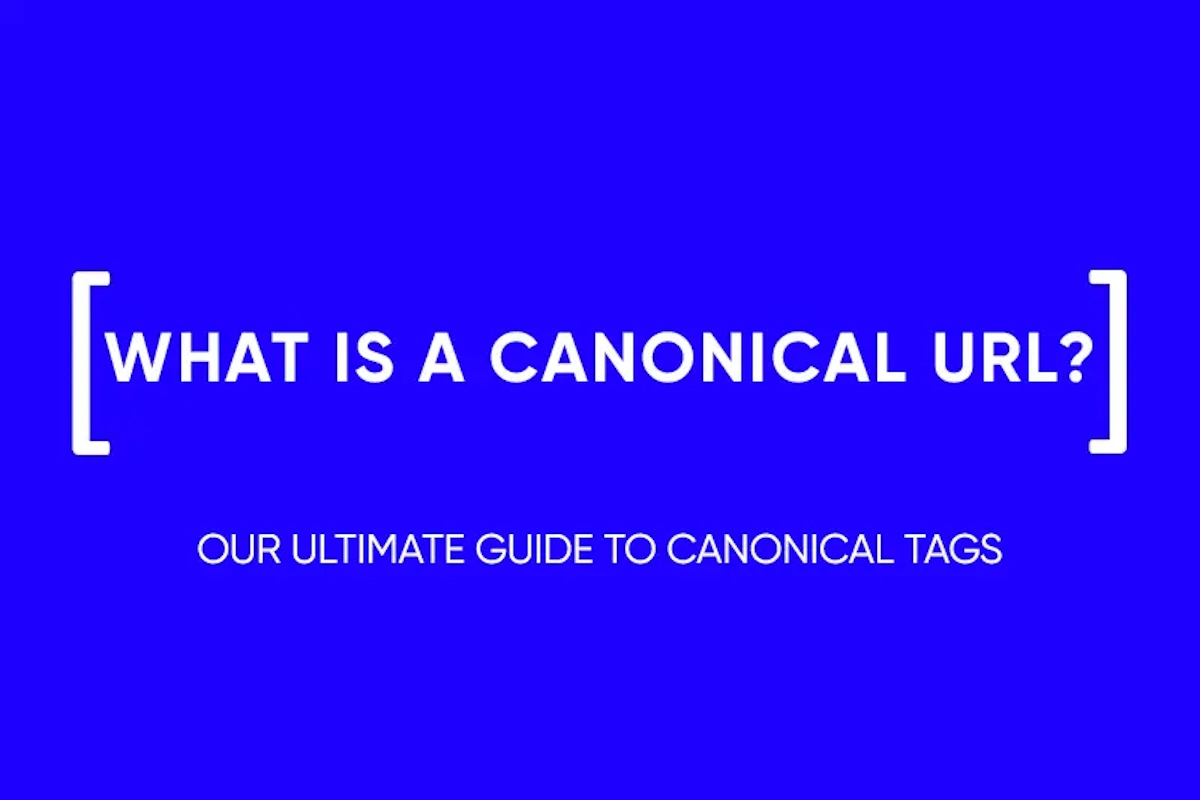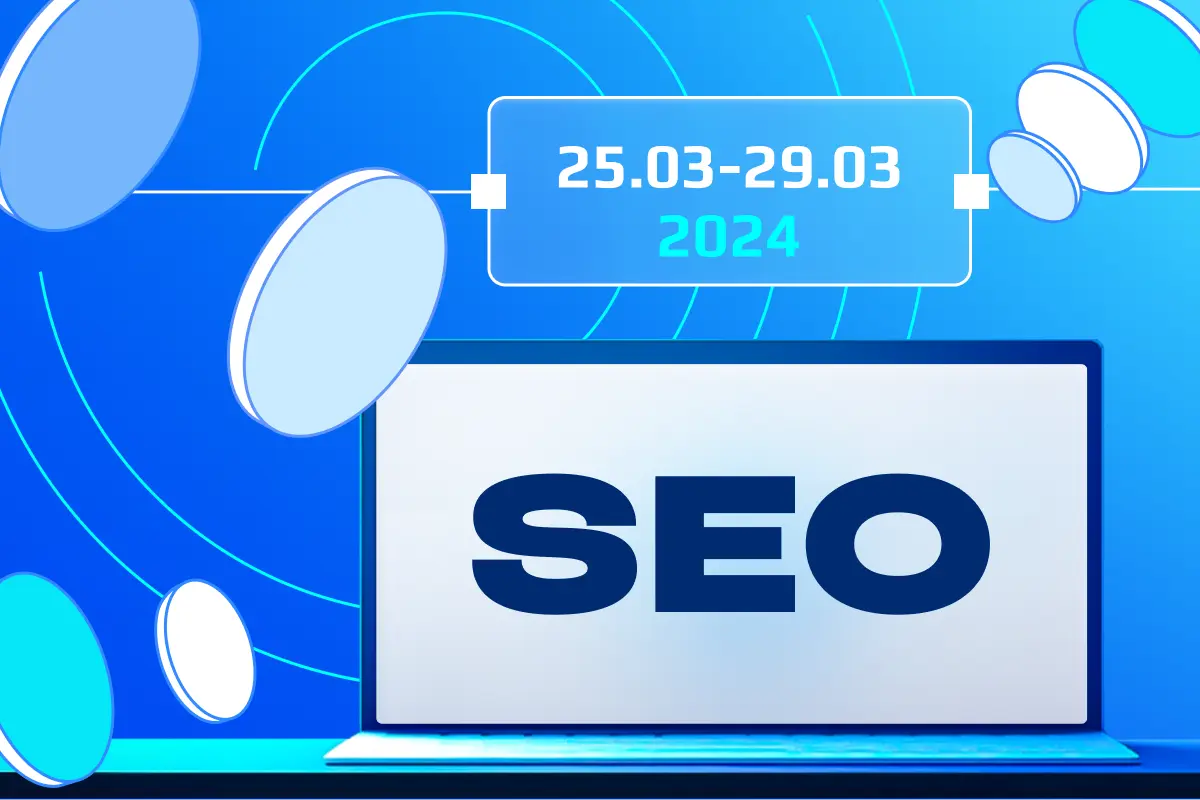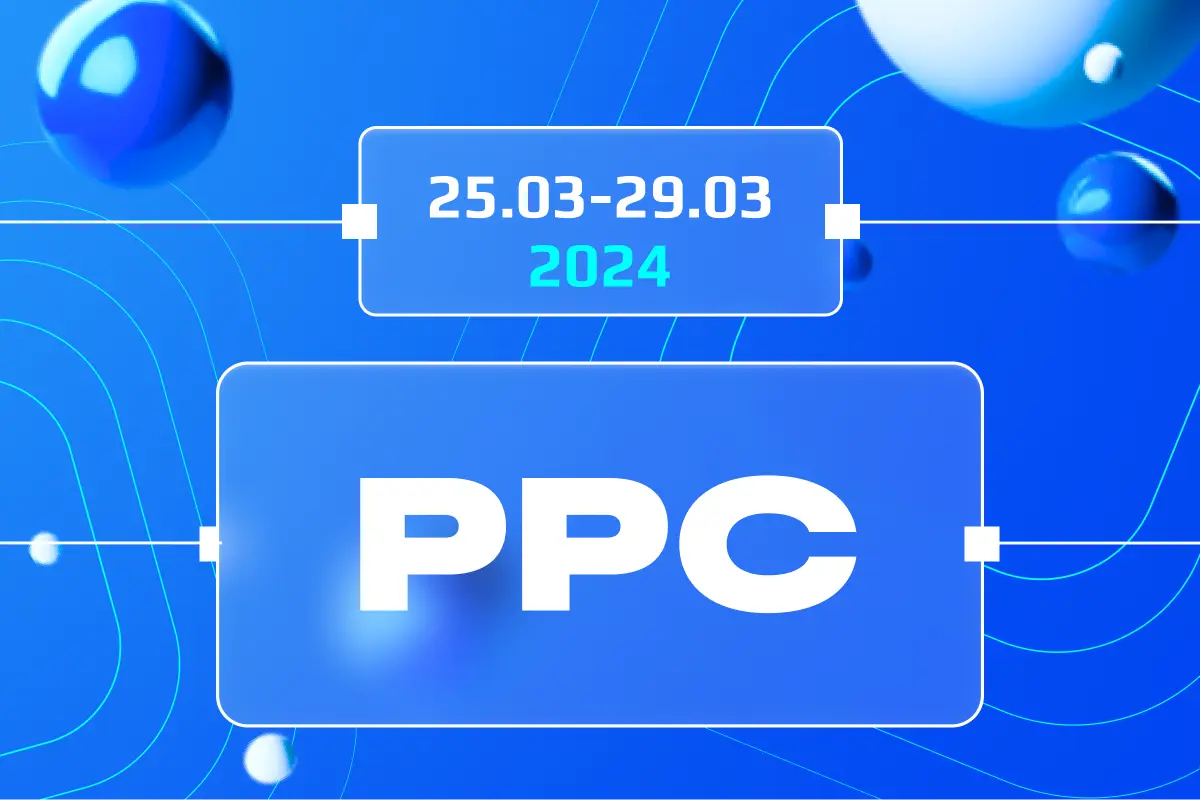Customer Acquisition Cost (CAC)
Attracting new customers is at the forefront of business strategy for webmasters, programmers, marketers, and other web professionals. Yet, the question looms: how much should a company spend to gain a new customer? Enter Customer Acquisition Cost (CAC), a crucial metric that can spell the difference between a sustainable business and one that’s hemorrhaging money. In this article, we’ll delve into the nitty-gritty of CAC, explore its significance, and offer actionable strategies to optimize it.
What is Customer Acquisition Cost (CAC)?
Customer Acquisition Cost, commonly abbreviated as CAC, is the total expense incurred by a company to acquire a new customer. This includes costs related to marketing, advertising, labor, and any other expense directly related to attracting and converting a prospect.
Imagine running an online store. You’ve invested in Google Ads, paid for Facebook promotions, and even have a dedicated team responding to queries on social media platforms. The cumulative financial burden of these activities is your CAC. Understanding this metric can give you insights into how efficiently your capital is being used to generate new business.
What is Customer Lifetime Value (LTV)?
Before diving further into the significance of CAC, it’s essential to understand another metric: Customer Lifetime Value or LTV. This metric represents the total revenue you expect to earn from a customer throughout their entire lifecycle with your business.
Why is LTV important when discussing CAC? Because the relationship between CAC and LTV serves as a key indicator of your business’s long-term viability. If the LTV is substantially higher than the CAC, it suggests that your customer acquisition efforts are profitable in the long run.
In a world dominated by data analytics, these two metrics often walk hand-in-hand when evaluating the health of a business, particularly for those in the web professions. They offer a more holistic view of your customer-related ROI and can be essential tools for webmasters, programmers, and marketers alike.
For a more detailed exploration of LTV, you may want to read our article on Customer Referral Program.
Importance of Customer Acquisition Cost
1. Improving Return on Investment
A low CAC suggests that your company is acquiring customers efficiently, which often translates to a higher return on investment (ROI). By monitoring and striving to lower your CAC, you can allocate resources more judiciously, ensuring that every dollar spent maximizes its ROI.
2. Improving Profitability and Profit Margin
Understanding your CAC can directly impact your bottom line. A high CAC relative to LTV or average order value (AOV) is a red flag. It may mean that you are overspending on your marketing campaigns, leading to reduced profitability. Keeping track of CAC can help you fine-tune your strategies and, consequently, improve your profit margin.

How to Calculate Customer Acquisition Cost?
Calculating your Customer Acquisition Cost isn’t just a matter of basic arithmetic; it’s a strategic exercise that helps you understand where your money is going. Below is a step-by-step guide on how to calculate CAC.
Types of Costs to Include in a CAC Formula
Ad Spend
The cost of running advertisements on various platforms, including social media, search engines, and traditional media, should be included in your CAC.
Employee Salaries
Don’t forget the cost of labor. This includes not just your marketing team but also sales and any other department directly involved in customer acquisition.
Creative Costs
Designing ads, writing copy, and other creative expenses also add to your CAC.
Technical Costs
Website maintenance, hosting, or even the cost of running an email server should be added to the CAC if they are crucial for customer acquisition.
Publishing Costs
If you are placing advertisements in print media or are paying for premium placements online, those costs should be included.
Production Costs
For businesses that rely on content marketing, video production, or any other form of content, the production costs should be factored in.
Inventory Upkeep
For physical goods, consider the cost of storing inventory as this can also contribute to the overall CAC.
Once you’ve identified all these costs, sum them up for a specific period (usually a month or a quarter). Then divide by the number of customers acquired during that period.

What Customer Acquisition Cost Can Do for You
Understanding CAC isn’t just a numbers game; it’s a strategic tool that informs critical business decisions. By closely monitoring your CAC, you can tailor your marketing and sales strategies to become more efficient and effective. Furthermore, a well-managed CAC serves as a compelling metric when seeking external investment or analyzing the financial health of your enterprise.
Four Ways You Can Reduce CAC
1. Optimize Your Sales and Marketing Funnel
Streamlining your sales and marketing funnel can lead to higher conversion rates, effectively reducing your CAC. For tips on optimizing your funnel, check out our article on Traffic Sources for Affiliate Marketing 2024.
2. Optimize Your Pricing Strategy
By offering tiered pricing, bundles, or promotional discounts, you can entice more customers, spreading out the CAC over a larger customer base.
3. Strengthen the Effectiveness of Sales and Marketing Spend
Measuring the ROI of different marketing channels can help you allocate your budget more effectively. For more on this, see our article on SEO Training Courses 2024.
4. Quickly Engage New Customers and Prospects
The quicker you can engage and convert a lead, the lower your CAC. Employ tactics such as retargeting ads, email automation, and customer segmentation to accelerate the customer acquisition process.
Conclusion
Customer Acquisition Cost (CAC) is more than just a metric; it’s a lens through which businesses can view their operational efficiency, profitability, and long-term sustainability. Understanding how to calculate, interpret, and reduce CAC can pave the way for a more streamlined and profitable business model. With the tactics and strategies discussed in this article, you are well-equipped to make informed decisions that not only improve customer acquisition but also positively impact your bottom line.
For more insights into customer acquisition and marketing strategies, you may find these articles helpful:
By applying the principles covered here, you’re taking a significant step toward not just surviving, but thriving in today’s ultra-competitive business environment.
and stay up-to-date with the latest news about our platform and affiliate marketing.




